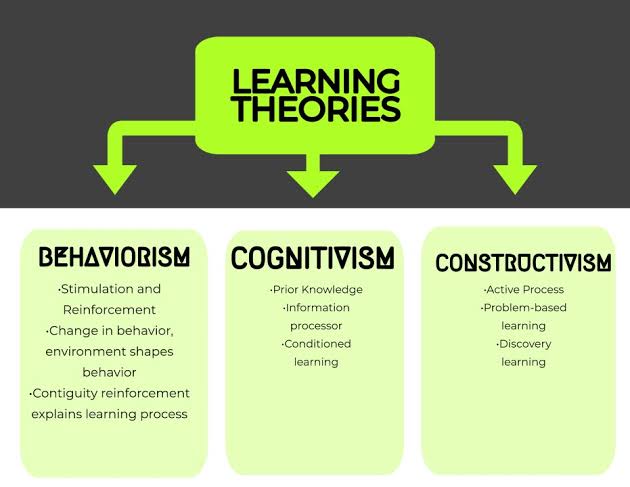Learning theory is a crucial area of study in psychology that examines how people acquire, process, and retain knowledge. It encompasses various frameworks and models that help explain the mechanisms of learning. Understanding these theories can greatly enhance educational practices and personal learning strategies.
What is Learning Theory?
Learning theory refers to a collection of principles and conceptual frameworks that describe the ways in which individuals learn. The theories provide insights into different aspects of learning processes, including motivation, behavior, and cognitive mechanisms. Predominantly, there are three main categories of learning theories: behaviorism, cognitivism, and constructivism.
1. Behaviorism
Behaviorism is a theory that focuses on observable behaviors rather than internal mental processes. According to behaviorists, learning is a direct result of interactions with the environment. Through conditioning, individuals can learn to respond in specific ways to particular stimuli.
Example of Behaviorism
An example of behaviorism in action is the use of rewards and punishments in a classroom setting. A teacher might implement a system where students earn points for completing homework, which motivates them to complete assignments regularly. This reinforcement ultimately shapes student behavior towards learning.
2. Cognitivism
Cognitivism emerged as a response to behaviorism and emphasizes the role of mental processes in understanding how people learn. This theory posits that learning is an internal process, involving the organization and storage of information in our minds.
Example of Cognitivism
An example of cognitivism can be seen in the use of mnemonic devices to help students remember information. For instance, a student might use acronyms to consolidate facts, which aids their retrieval of knowledge during assessments.
3. Constructivism
Constructivism asserts that learners construct their own understanding and knowledge through experiences and reflection. Unlike behaviorism and cognitivism, constructivism views learning as a personal, active process rather than a passive one.
Example of Constructivism
An effective example of constructivism is project-based learning, where students engage in hands-on projects to explore real-world issues. By collaborating and problem-solving, they construct knowledge in a way that makes sense to them.
How to Approach Learning Theories Wisely
Understanding learning theories is essential for both educators and learners. A wise approach involves several practices that can enhance the learning experience and foster a deeper understanding of material.
1. Evaluate Your Learning Style
One of the first steps in applying learning theories is to assess your own learning style. Are you more of a visual learner, or do you benefit from auditory information? Understanding your preferences can help tailor your learning strategies effectively.
2. Combine Different Theories
Rather than adhering strictly to one learning theory, consider integrating elements from multiple theories. For example, while engaging in a project (constructivism), use mnemonic devices (cognitivism) to remember critical information.
3. Foster a Growth Mindset
Embrace the belief that intelligence and abilities can be developed through effort and perseverance. A growth mindset encourages resilience, making it easier to navigate challenges in learning, which aligns with constructivist principles.
4. Reflect on Learning Experiences
Taking time to reflect on what worked and what didn’t during your learning experiences can help you recognize patterns. Use this reflection to adjust your strategies and improve future learning outcomes.
Conclusion
Learning theory plays a vital role in understanding how we acquire knowledge and skills. By exploring behaviorism, cognitivism, and constructivism, individuals and educators can create more effective learning environments. A wise approach to utilizing these theories involves evaluating personal learning styles, integrating multiple methodologies, cultivating a growth mindset, and consistently reflecting on learning experiences.
